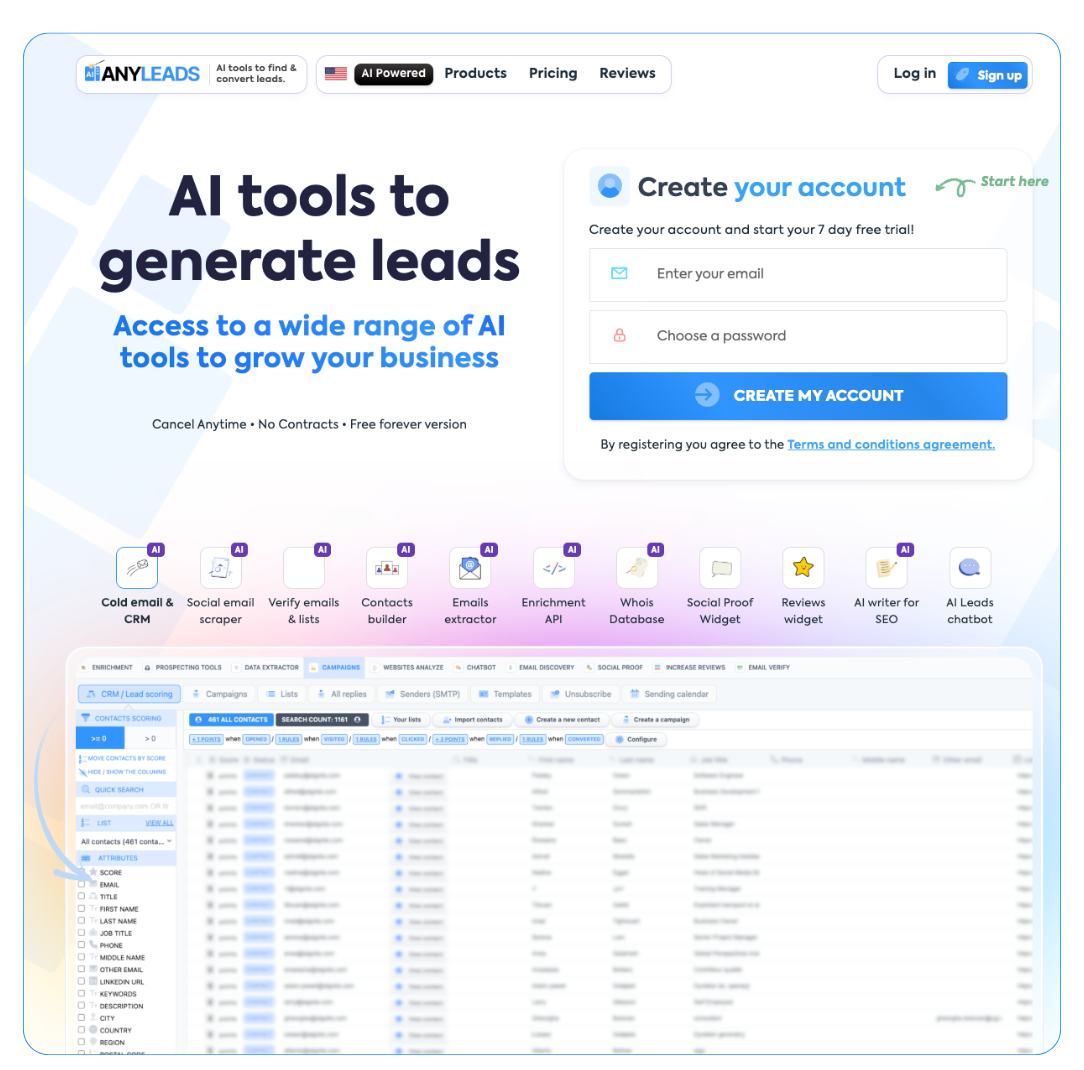 LIMITED SPOTS
All plans are 30% OFF for the first month! with the code WELCOME303
LIMITED SPOTS
All plans are 30% OFF for the first month! with the code WELCOME303

 LIMITED SPOTS
All plans are 30% OFF for the first month! with the code WELCOME303
LIMITED SPOTS
All plans are 30% OFF for the first month! with the code WELCOME303


Nonprofits often carry heavy responsibility while working with very limited support. Many are expected to help more people, run more programs, and show more results. But with small teams and tight budgets, doing all of this gets harder every year. The need to improve how things run has never been clearer.
Technology is not just for big businesses. Today, smaller groups can also use simple, affordable tools to get work done faster and better. These tools can help in many areas, like managing tasks, staying in touch, and handling day-to-day jobs. By choosing the right solutions, nonprofits can move forward, stay organized, and focus more on helping others instead of just trying to keep up.
Many nonprofit groups face limits that make it hard to grow. They may have only a few staff, no tech team, and very little extra money. While their goals are big, their systems are often slow or outdated. This slows down progress and increases stress across the team. Without the right support, it’s easy to fall behind.
But that’s changing. New tools are now built for smaller teams and tighter budgets. They’re easy to use, don’t need special training, and often come with discounts for nonprofits. These tools help groups save time, reduce mistakes, and improve how they serve their community. The result? Less stress, smoother workdays, and more energy for what matters most.
Technology can create a big impact in the right places. Here are five key areas where small nonprofit teams can use smart tools to work faster, stay focused, and grow.
Nonprofits often struggle with time-consuming work like payroll, staff records, compliance, and policies. For small teams, managing all of this in-house can lead to stress, errors, or missed deadlines. Many organizations also face risks tied to changing labor laws, tax filings, or benefit plans—things that require expert attention.
Providers offering full HR support for charity organizations can handle these needs from one place. This includes day-to-day tasks, help with legal issues, and access to professional benefits. It removes the pressure of hiring an internal HR team while keeping everything compliant and organized. For nonprofits that need to stay focused on their mission, this kind of service offers a clear path to stability and efficiency, without adding more work or cost.
When teams don’t talk clearly, work breaks down. This is especially true when people work in different places or only part-time. Without a shared space such as a secure video conferencing app for work to talk and plan, it’s easy for things to get lost or delayed. Misunderstandings can lead to missed steps, wasted time, or dropped tasks.
Simple tools can help teams stay in sync. They create one space where messages, files, and notes live together. This keeps updates clear and easy to find. Team members can stay informed, even if they’re not in the same place or working at the same time. With clear communication, people waste less time and feel more connected.
Keeping track of work is one of the hardest parts of running any program. Without a good system, it’s easy to lose track of deadlines, steps, or who is doing what. This causes stress, delays, and a lot of time spent just following up on things.
Digital tools can help teams stay on top of their tasks. These tools show what needs to be done, who is doing it, and when it’s due. Everyone can see the same list, which makes it easier to plan and avoid confusion. Instead of working from memory or long email threads, teams can focus on getting things done.
Raising money is a key part of most nonprofit work. But keeping track of donors, payments, and follow-ups can get messy fast, especially without the right setup. Some teams still use paper lists or basic spreadsheets, which makes mistakes more likely.
Using tools built for fundraising makes this easier. These systems help organize contacts, track donations, and send thank-you notes on time. They also show what’s working and where support is coming from. This helps teams build strong relationships and plan future campaigns. It saves time and helps make sure every supporter feels valued.


Smaller teams can still make a big impact. The key is using time and effort wisely. That is where the appropriate tools come in. They allow groups to perform tasks better without spending more money or hiring more people. When everything goes smoothly, individuals are less anxious. Work gets done quicker. Results are simpler to follow. For the most part, however, the team can concentrate on what they do best—helping others. That is not just intelligent. That is imperative.